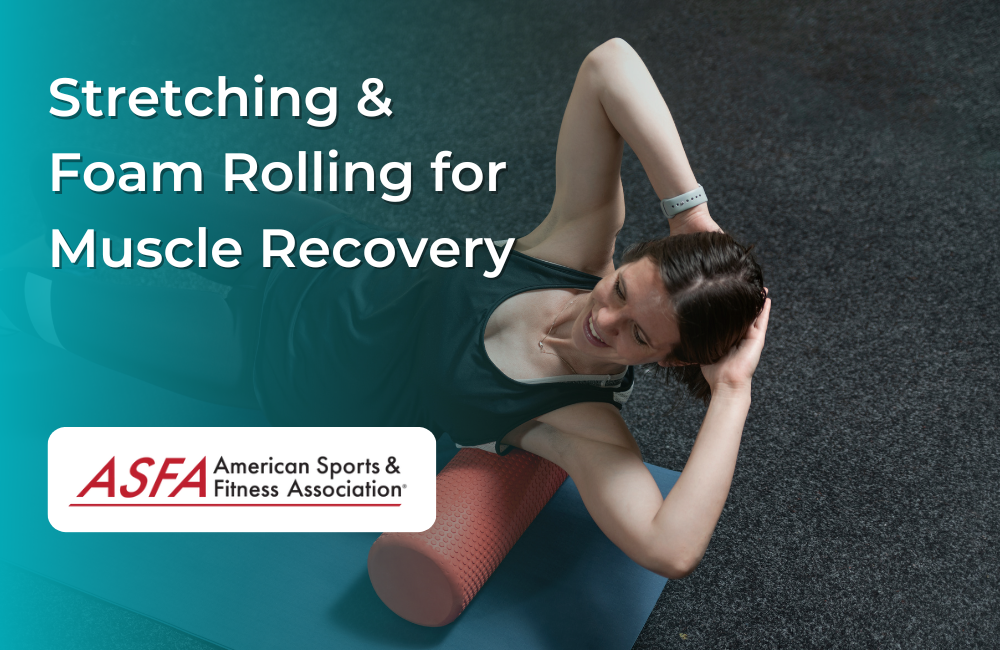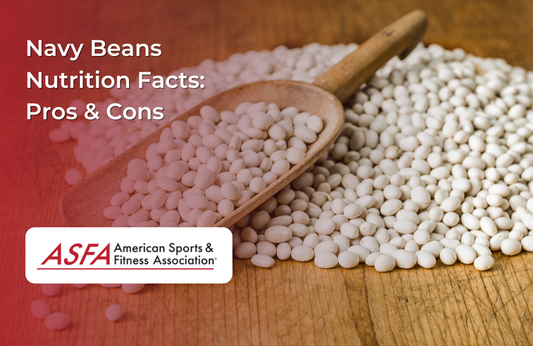Having the right flexibility routine is essential for proper muscle recovery after a workout. Stretching and foam rolling are two simple activities that can make a big difference in how quickly you recover, allowing you to get back to your exercise routine more quickly. Not only do these activities promote better muscle recovery, but they can also help to increase overall flexibility and improve performance. In this blog post, we'll discuss the importance of stretching and foam rolling for muscle recovery and how they can help you reach your goals.
What is flexibility?
Flexibility is the ability to move your joints through a full range of motion. This is important for overall health and wellness, as it allows muscles to remain strong and healthy while allowing the body to be more efficient during movement. Flexible muscles can also improve posture, reduce injury risk, and aid in muscle repair. Muscles that are flexible are able to heal from strain and stress more quickly than tight, inflexible muscles, making flexibility an important part of any exercise or activity. Stretching and foam rolling are two of the most effective ways to improve flexibility and help with muscle repair.
How does flexibility help with recovery?
Flexibility is essential for muscle repair and injury prevention. Stretching and foam rolling are two of the most popular ways to improve flexibility. When the muscles are tight, they can become injured or weak over time. By increasing flexibility, we help to reduce the risk of injury and keep our muscles healthy and strong. Additionally, stretching and foam rolling can help to reduce tension and increase blood flow, allowing for quicker muscle repair after a workout. Improved flexibility also helps to reduce the risk of overuse injuries and can improve range of motion. Ultimately, increased flexibility aids in muscle repair and reduces the risk of injury, making it an important part of any fitness routine.
What are some ways to improve flexibility?
Stretching and foam rolling are two of the most effective ways to improve flexibility. Stretching helps to elongate muscles and increase range of motion, while foam rolling helps to break down knots and adhesions in the muscles.
Static stretching involves holding a stretch for a certain period of time and is great for increasing flexibility in specific muscle groups. Dynamic stretching is great for warmups as it prepares the body for exercise, increases range of motion, and activates muscles. It involves moving through a full range of motion repeatedly, like with arm circles or leg swings.
Foam rolling also helps improve flexibility by breaking up knots and adhesions that can cause tightness in the muscles. Rolling over each muscle group for 30-60 seconds can help release tension and improve mobility.
Another way to improve flexibility is through yoga. Yoga can help increase strength, stability, and flexibility all at once. Different poses focus on different areas of the body and can help to lengthen the muscles. Regular practice can help increase overall flexibility in the body.
Finally, breathwork is an important part of improving flexibility. Taking slow, deep breaths can help relax the body and make it easier to move into deeper stretches. Taking time to focus on breathing while stretching can also help to reduce stress, which can also contribute to better flexibility.
These are just a few of the many ways to improve flexibility. With regular practice and patience, you can expect to see increased mobility and range of motion.
Why is foam rolling important?
Foam rolling is an important part of improving and maintaining flexibility. It helps to release tight muscles, tendons, and fascia (the web-like sheath that surrounds your muscles) that can become stiff and limit movement. Foam rolling also helps to reduce soreness and improve range of motion. Regular foam rolling can help you move more efficiently and with better form.
Foam rolling can also help with improving circulation throughout the body. By working out tight areas, you’re increasing the blood flow to that area. This can help promote faster muscle recovery.
When foam rolling, it’s important to do it correctly. Start by slowly rolling the affected area for 15-30 seconds, using your own body weight to increase the pressure. If you find a particularly tight spot, hold the pressure on it for 10-15 seconds. Remember to listen to your body — if it hurts too much or you’re feeling any pain, stop.
Foam rolling is an easy way to add a little extra self-care into your daily routine. Not only does it help with muscle recovery, but it can also help with relieving stress and promoting relaxation. Taking a few minutes each day to foam roll can be beneficial for both your physical and mental health.
How often should I stretch/foam roll?
The frequency of your stretching and foam rolling depends on the intensity of your workouts and how often you exercise. If you’re a beginner, you can start by stretching or foam rolling once or twice a week. For those who are more active and exercise regularly, stretching and foam rolling should be done three to four times a week for best results. It’s important to remember that when it comes to stretching and foam rolling, quality is more important than quantity. Don’t just rush through your stretches or roll your muscles—focus on the quality of your movements and really focus on the areas that need attention. Finally, make sure to take breaks throughout your workout and always take time to stretch and foam roll afterward. This will help reduce muscle soreness and keep you from getting injured in the future.





